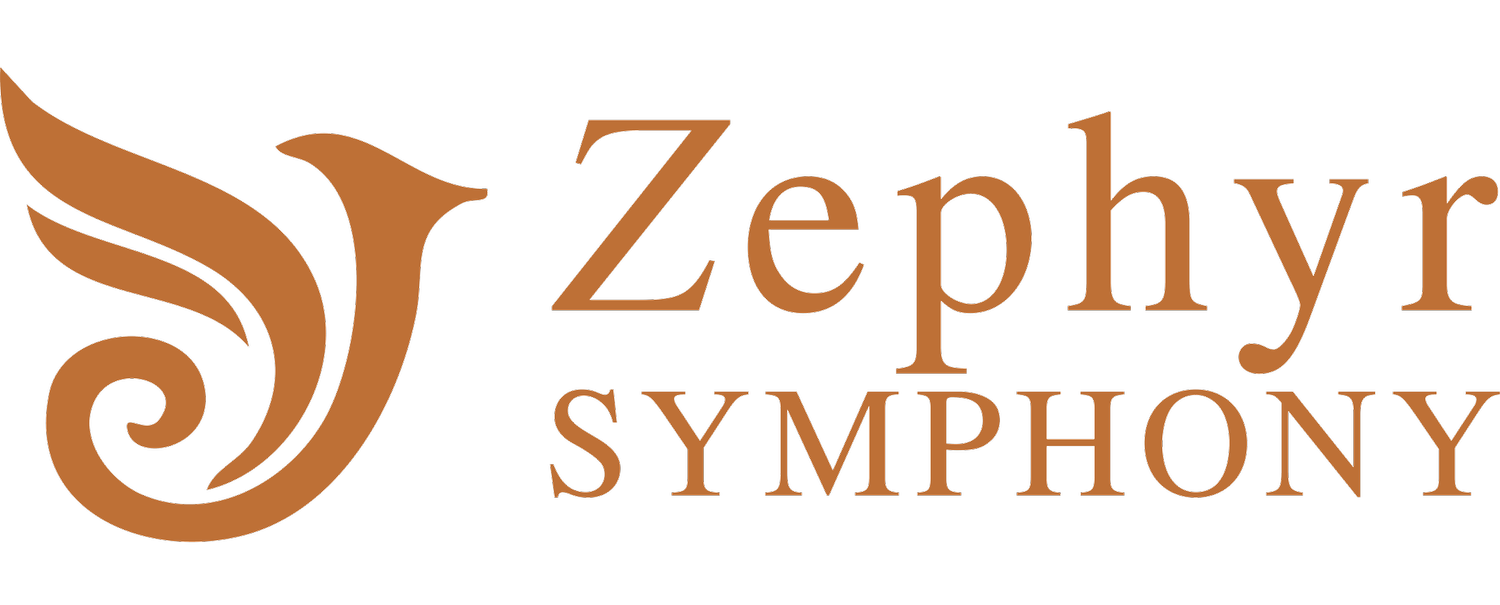Messiah’s Orchestration: Fun Facts You Might Not Know
When you think of Handel’s Messiah, you probably hear it first in your imagination — that majestic “Hallelujah” chorus, the bright trumpets, and the shimmering sound of strings under radiant voices. But what makes this beloved work truly remarkable isn’t just its melodies — it’s how Handel orchestrated it.
Here are a few fascinating insights into the instruments, colors, and clever decisions that bring Messiah to life every December.
1. Messiah Was Originally Modest — But Mighty
Handel composed Messiah in 1741 for a modest orchestra: strings, two trumpets, timpani, and a continuo section (harpsichord, organ, and cello). There were no clarinets, trombones, or large percussion sections like we hear in later symphonic works. Yet, with this lean ensemble, Handel achieved extraordinary variety — from the hushed intimacy of “He was despised” to the triumphant blaze of “Worthy is the Lamb.”
2. The Trumpets Were the Superstars
In Handel’s day, trumpets were natural trumpets — long, valveless instruments capable only of certain notes in the harmonic series. That limitation makes their brilliance even more impressive. When the trumpets enter in “Glory to God” or “The trumpet shall sound,” they do so with dazzling precision, announcing heaven’s grandeur. In 18th-century Dublin or London, that sound would have been electrifying — a literal trumpet call of joy.
3. The “Continuo” Was the Engine Room
At the heart of every Baroque orchestra is the basso continuo — a group of instruments (often organ, harpsichord, and cello) that provide harmony and rhythm. In Messiah, the continuo acts like the musical foundation, subtly guiding singers and instrumentalists through shifting moods. Think of it as the orchestra’s invisible scaffolding — you don’t always notice it, but it holds everything together.
4. Handel Rewrote the Score… Constantly
Handel was a master recycler. He re-orchestrated Messiah multiple times depending on the musicians available. When he had oboes or bassoons, he added them; when he didn’t, he trimmed things down. Later 19th-century performances expanded his forces dramatically — sometimes with hundreds of singers and instruments! But modern conductors often return to the original clarity, letting Handel’s own craftsmanship shine.
5. The “Hallelujah” Chorus Isn’t the End!
Most audiences leap to their feet for “Hallelujah,” but the music doesn’t stop there. Handel continues with even grander orchestration in the final “Worthy is the Lamb” and “Amen.” The trumpets return, the timpani thunders, and the strings shimmer with light. It’s as though Handel saves his most radiant orchestral colors for the very end — a final vision of heaven itself.
6. Why It Still Captivates Us
Despite being written in just 24 days, Messiah endures because its orchestration serves something larger: the marriage of word and tone. Every instrument, every phrase, every silence serves the story. From the quiet comfort of “For unto us a Child is born” to the glorious blaze of “The trumpet shall sound,” Handel paints scripture in sound.
So when you listen this year, take a moment to notice the details — the shimmer of the strings, the grounded warmth of the continuo, the brilliant punctuation of the trumpets. You’re hearing a work that has moved hearts for nearly three centuries not because of its size, but because of its soul.
And that’s the true genius of Handel’s orchestration: grace, power, and humanity — perfectly balanced.
With gratitude,
Don Scott Carpenter
Founding Music Director, Zephyr Symphony
